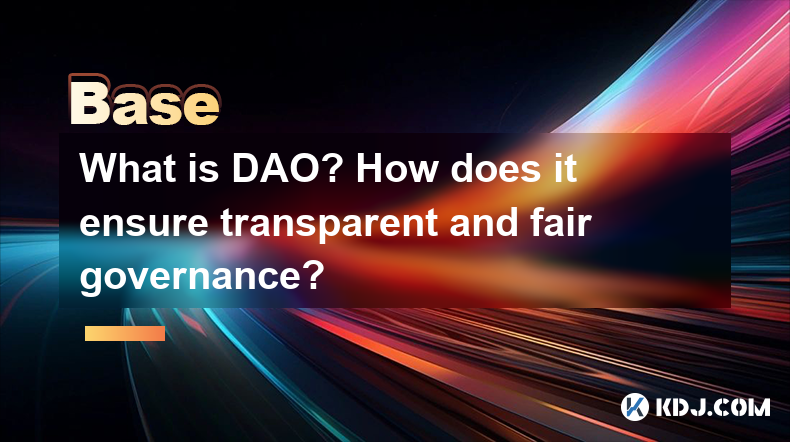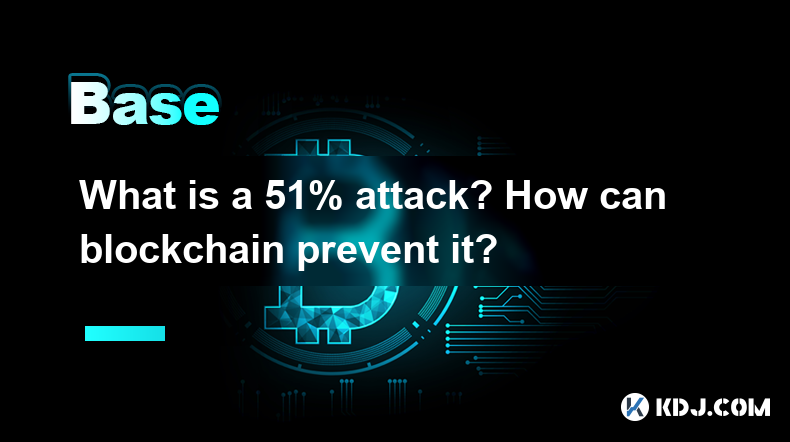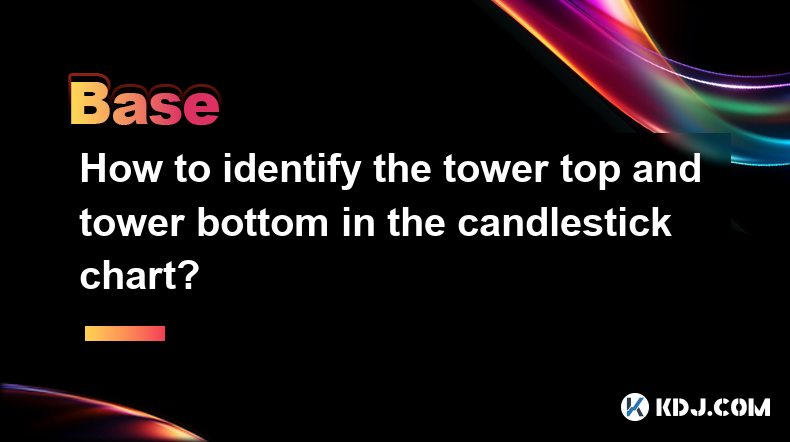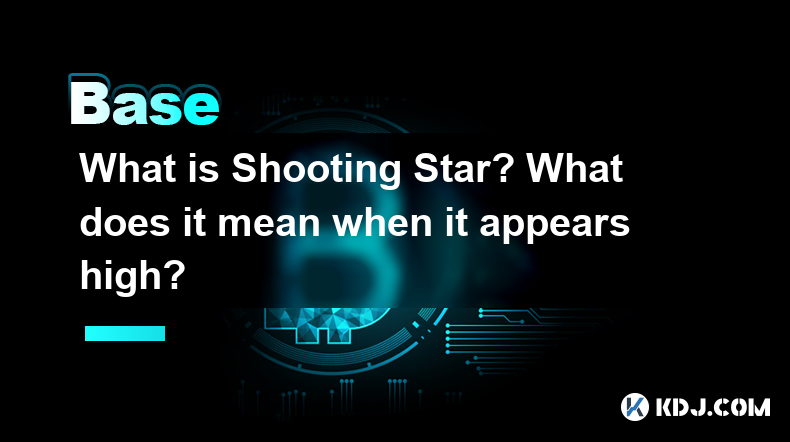-
 Bitcoin
Bitcoin $81,899.5591
-5.17% -
 Ethereum
Ethereum $1,783.8667
-6.15% -
 Tether USDt
Tether USDt $0.9995
-0.03% -
 XRP
XRP $2.0489
-4.45% -
 BNB
BNB $587.4139
-2.79% -
 USDC
USDC $1.0001
0.02% -
 Solana
Solana $115.1373
-11.64% -
 Dogecoin
Dogecoin $0.1587
-8.43% -
 Cardano
Cardano $0.6385
-6.91% -
 TRON
TRON $0.2360
-1.08% -
 Toncoin
Toncoin $3.5760
-10.43% -
 UNUS SED LEO
UNUS SED LEO $9.3901
-0.32% -
 Chainlink
Chainlink $12.6219
-9.38% -
 Stellar
Stellar $0.2577
-4.87% -
 Avalanche
Avalanche $18.0492
-6.87% -
 Sui
Sui $2.2219
-9.39% -
 Shiba Inu
Shiba Inu $0.0...01218
-3.70% -
 Hedera
Hedera $0.1604
-7.08% -
 Polkadot
Polkadot $4.0288
-2.51% -
 Litecoin
Litecoin $82.2067
-5.10% -
 MANTRA
MANTRA $6.4186
1.43% -
 Bitcoin Cash
Bitcoin Cash $294.8176
-4.96% -
 Dai
Dai $0.9999
0.02% -
 Bitget Token
Bitget Token $4.4550
-3.01% -
 Ethena USDe
Ethena USDe $0.9995
-0.03% -
 Pi
Pi $0.5875
-13.39% -
 Monero
Monero $209.7409
-4.91% -
 Hyperliquid
Hyperliquid $11.2789
-16.95% -
 Uniswap
Uniswap $5.7386
-7.48% -
 Aptos
Aptos $5.0040
-7.56%
What is DAO? How does it ensure transparent and fair governance?
DAOs leverage blockchain's transparency for fair governance, using smart contracts and token-weighted voting to ensure decentralized, community-driven decision-making.
Apr 01, 2025 at 04:14 pm

Deconstructing Decentralized Autonomous Organizations (DAOs)
A Decentralized Autonomous Organization (DAO) is a community-led entity governed by rules encoded as a computer program. This program, typically residing on a blockchain, dictates how the DAO operates, making decisions, and managing its assets. Unlike traditional organizations with centralized control, DAOs operate autonomously, distributing power among participants. This distributed governance is a key differentiator, fostering a more democratic and transparent system. Members participate directly in decision-making processes, often through voting mechanisms embedded within the smart contracts.
Transparency in DAO Governance: The Blockchain Advantage
The core of a DAO's transparent governance lies in its reliance on blockchain technology. All transactions, proposals, votes, and changes to the DAO's rules are recorded on a public, immutable ledger. This means that every action is auditable and verifiable by anyone, ensuring complete transparency. This level of openness drastically reduces the potential for manipulation or hidden agendas, a significant improvement over traditional organizational structures. Blockchain's inherent transparency is the bedrock of DAO's fair governance.
Fair Governance Mechanisms within DAOs
DAOs employ various mechanisms to ensure fair governance. These mechanisms are designed to prevent any single entity or group from dominating decision-making. One common method is token-weighted voting, where the voting power of each member is proportional to the number of tokens they hold. This system incentivizes participation and aligns the interests of members with the success of the DAO.
Another crucial aspect is the decentralized nature of the voting process. Decisions are made through a consensus mechanism, often requiring a certain percentage of votes to pass a proposal. This prevents single individuals or groups from unilaterally altering the DAO's direction. The rules themselves are also often encoded in smart contracts, making them resistant to arbitrary changes.
Ensuring Fair Participation and Preventing Manipulation
Preventing manipulation is a vital concern in DAO governance. Several measures are implemented to mitigate risks. These include:
- Multi-signature wallets: Requiring multiple signatures for significant transactions prevents unauthorized actions by single individuals.
- Timelocks: Introducing delays between proposal submission and execution allows for review and prevents rushed or ill-considered decisions.
- Dispute resolution mechanisms: Establishing clear procedures for handling disagreements and resolving conflicts fairly is essential. These mechanisms might involve arbitration or community-based dispute resolution.
- Community-driven governance: Open discussions and forums allow members to express their views, debate proposals, and reach consensus before voting.
These mechanisms, combined with the inherent transparency of the blockchain, aim to create a fair and equitable governance structure.
The Role of Smart Contracts in DAO Governance
Smart contracts are the backbone of a DAO's functionality. These self-executing contracts automate the enforcement of DAO rules, ensuring that decisions are implemented automatically and impartially. They eliminate the need for intermediaries, reducing the risk of bias or manipulation. Smart contracts define voting procedures, asset management, and other crucial aspects of the DAO's operation, all transparently recorded on the blockchain.
The code governing the smart contracts is publicly available, allowing for scrutiny and audits by the community. This open-source nature further enhances transparency and accountability, allowing for the identification and correction of potential vulnerabilities. The immutability of the blockchain also ensures that the rules cannot be unilaterally altered without the consent of the community.
Challenges in Ensuring Fair and Transparent Governance in DAOs
Despite the inherent advantages, challenges remain in ensuring completely fair and transparent governance. One challenge is the potential for sybil attacks, where a single actor creates multiple identities to manipulate voting outcomes. Another challenge is the complexity of smart contracts, which can be difficult to understand and audit, potentially leading to unforeseen vulnerabilities. Furthermore, ensuring widespread participation and preventing the dominance of a small group of powerful members is an ongoing challenge.
The effectiveness of governance mechanisms also depends on the active participation of the community. A lack of engagement can lead to decisions being made by a small, potentially biased, group. Additionally, the legal framework surrounding DAOs is still evolving, creating uncertainty and potential legal risks.
Addressing Governance Issues in DAOs
Ongoing efforts are focused on improving DAO governance and addressing existing challenges. These include:
- Developing more sophisticated voting mechanisms: Exploring alternative voting systems to mitigate the risks of manipulation and improve the fairness of decision-making.
- Improving smart contract security: Investing in rigorous audits and security best practices to reduce vulnerabilities and prevent exploits.
- Promoting community education and engagement: Educating members about the DAO's governance processes and encouraging active participation.
- Developing clear legal frameworks: Working towards establishing clear legal guidelines for DAOs to reduce uncertainty and address potential legal issues.
These efforts aim to enhance the fairness, transparency, and overall effectiveness of DAO governance.
Common Questions and Answers
Q: What are the potential risks associated with DAOs?
A: Potential risks include smart contract vulnerabilities, sybil attacks, governance disputes, and legal uncertainties. These risks highlight the need for robust security measures, well-defined governance processes, and active community participation.
Q: How can I participate in a DAO?
A: Participation typically involves acquiring the DAO's governance token. The specific process varies depending on the DAO, but it usually involves purchasing tokens on a cryptocurrency exchange or participating in a token sale. Once you hold tokens, you can participate in governance decisions through voting.
Q: Are DAOs legally recognized entities?
A: The legal status of DAOs is still evolving and varies significantly depending on jurisdiction. Many jurisdictions lack specific legal frameworks for DAOs, leading to uncertainty about their legal standing. This is a key area of ongoing development and legal clarification.
Q: How do DAOs differ from traditional organizations?
A: Unlike traditional organizations, DAOs are decentralized, autonomous, and transparent. They leverage blockchain technology for governance, eliminating the need for intermediaries and fostering community-led decision-making. This contrasts sharply with the hierarchical structures found in traditional organizations.
Q: What is the future of DAOs?
A: The future of DAOs is promising, with potential applications across various sectors. Ongoing developments in blockchain technology and governance mechanisms are expected to enhance the functionality and efficiency of DAOs, leading to wider adoption and greater impact. However, challenges related to security, scalability, and legal clarity need to be addressed to fully realize the potential of DAOs.
Disclaimer:info@kdj.com
The information provided is not trading advice. kdj.com does not assume any responsibility for any investments made based on the information provided in this article. Cryptocurrencies are highly volatile and it is highly recommended that you invest with caution after thorough research!
If you believe that the content used on this website infringes your copyright, please contact us immediately (info@kdj.com) and we will delete it promptly.
- Builder: Stu
- 2025-04-04 03:25:12
- PayPal Adds Solana (SOL) and Chainlink (LINK) to Its Supported Cryptocurrencies
- 2025-04-04 03:25:12
- Recent Price Action Shows Signs of Recovery
- 2025-04-04 03:20:12
- Standard Chartered (AVAX)
- 2025-04-04 03:20:12
- WisdomTree Expands Its Institutional Tokenization Platform to 13 Funds
- 2025-04-04 03:15:12
- PEPE hopped its way to a $3.8M market cap, but its reign as a meme coin darling is fading. Enter InfluencerPepe (INPEPE)
- 2025-04-04 03:15:12
Related knowledge

Why is the oracle called the bridge between blockchain and the real world?
Apr 04,2025 at 04:00am
The concept of an oracle in the cryptocurrency and blockchain world is crucial for understanding how these decentralized systems interact with external data. The oracle is often referred to as the bridge between blockchain and the real world because it serves as a vital intermediary that fetches, verifies, and transmits off-chain data to the on-chain en...

What is a 51% attack? How can blockchain prevent it?
Apr 04,2025 at 02:08am
A 51% attack is a significant threat to the security and integrity of a blockchain network. In this type of attack, a single entity or group gains control of more than half of the network's mining power or hash rate. This control allows the attacker to manipulate the blockchain by double-spending coins, preventing the confirmation of new transactions, o...

Why can the inverted hammer shape appear at the bottom be used as a reversal signal?
Apr 03,2025 at 04:07pm
Inverted Hammer is a common K-line pattern in technical analysis, and is often regarded as a potential reversal signal when it appears at the bottom. This article will explore in detail why an inverted hammer line may be a reversal signal when it appears at the bottom, and provide specific identification and application methods. Basic characteristics of...

How to identify the tower top and tower bottom in the candlestick chart?
Apr 03,2025 at 04:03pm
In K-line chart analysis, 'Tower Top' and 'Tower Bottom' are two important reversal patterns and are usually used to predict changes in price trends. Identifying these patterns requires careful observation of the price trend and the pattern characteristics of the K-line. Below we will introduce in detail how to identify the 'tower to...

What is Shooting Star? What does it mean when it appears high?
Apr 03,2025 at 03:56pm
In cryptocurrency trading, technical analysis is an important tool to help traders predict future trends of the market. Among them, Shooting Star is a common bearish reversal pattern. This article will give you more details on what 'Shooting Star' is and what it means when it appears at a high level. The definition of 'Shooting Star'Shoo...

What is the difference between dark cloud cover and piercing shape?
Apr 03,2025 at 03:50pm
In the world of cryptocurrency trading, technical analysis is one of the important tools traders use to predict market trends and make trading decisions. Among them, 'Dark Cloud Cover' and 'Piercing Pattern' are two common reversal patterns, which have specific appearance and meaning on the K-line chart. Although they seem similar, there...

Why is the oracle called the bridge between blockchain and the real world?
Apr 04,2025 at 04:00am
The concept of an oracle in the cryptocurrency and blockchain world is crucial for understanding how these decentralized systems interact with external data. The oracle is often referred to as the bridge between blockchain and the real world because it serves as a vital intermediary that fetches, verifies, and transmits off-chain data to the on-chain en...

What is a 51% attack? How can blockchain prevent it?
Apr 04,2025 at 02:08am
A 51% attack is a significant threat to the security and integrity of a blockchain network. In this type of attack, a single entity or group gains control of more than half of the network's mining power or hash rate. This control allows the attacker to manipulate the blockchain by double-spending coins, preventing the confirmation of new transactions, o...

Why can the inverted hammer shape appear at the bottom be used as a reversal signal?
Apr 03,2025 at 04:07pm
Inverted Hammer is a common K-line pattern in technical analysis, and is often regarded as a potential reversal signal when it appears at the bottom. This article will explore in detail why an inverted hammer line may be a reversal signal when it appears at the bottom, and provide specific identification and application methods. Basic characteristics of...

How to identify the tower top and tower bottom in the candlestick chart?
Apr 03,2025 at 04:03pm
In K-line chart analysis, 'Tower Top' and 'Tower Bottom' are two important reversal patterns and are usually used to predict changes in price trends. Identifying these patterns requires careful observation of the price trend and the pattern characteristics of the K-line. Below we will introduce in detail how to identify the 'tower to...

What is Shooting Star? What does it mean when it appears high?
Apr 03,2025 at 03:56pm
In cryptocurrency trading, technical analysis is an important tool to help traders predict future trends of the market. Among them, Shooting Star is a common bearish reversal pattern. This article will give you more details on what 'Shooting Star' is and what it means when it appears at a high level. The definition of 'Shooting Star'Shoo...

What is the difference between dark cloud cover and piercing shape?
Apr 03,2025 at 03:50pm
In the world of cryptocurrency trading, technical analysis is one of the important tools traders use to predict market trends and make trading decisions. Among them, 'Dark Cloud Cover' and 'Piercing Pattern' are two common reversal patterns, which have specific appearance and meaning on the K-line chart. Although they seem similar, there...
See all articles






















































































